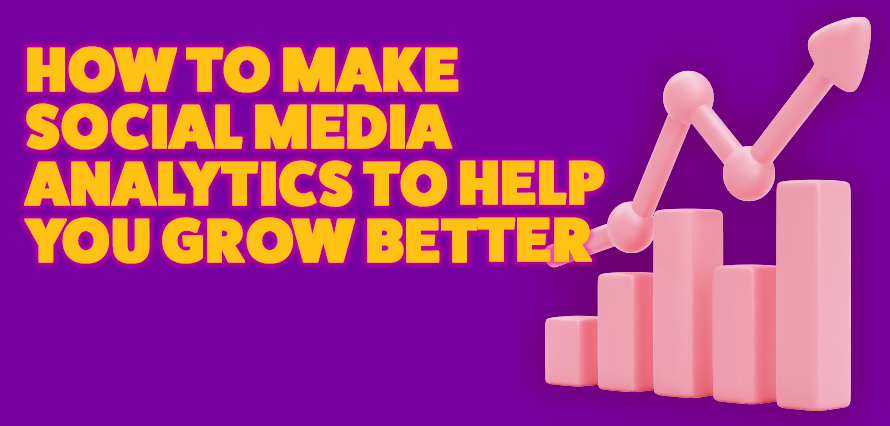July 27, 2021
Social Media has become a crucial element of digital marketing and its share of the marketing budget is expected to grow in 2021. Growing interest in this marketing category necessitates deeper, more powerful analytics. But how can social analytics benefit your business? In this quick blog, I wanted to discuss why Social Media Analytics is important and how it could be used effectively.
What is Social Media Analytics?
Social Media Analytics helps to identify customer behaviour and translate it into actionable business data. This allows you to spot trends, measure performance and understand key areas for improvement. According, to Hootsuite, 85% of organizations that began measuring social media data were able to accurately show ROI for their efforts.
4 Main Areas to Use Analytics
- Ad Campaign Analysis:
Analytics allow you to effectively track the effectiveness of your online campaigns and take action if any corrections are required.
- Performance:
Analytics help to monitor the effectiveness of social media platforms, the number of followers, click-through rate and engagements over a particular period of time.
- Audience:
Through analytics, you can better understand your customer and develop a customer-focused marketing strategy built around user interests, needs and behaviours.
- Influencer:
Analytics will allow you to identify the best influencers in your targeted industry and track their activity. The influencer insights reveal how effective influencers are in generating engagement and growing an audience.
- Competitive
Analytics allow you to benchmark against your competitors and identify areas of improvement, taking your social media strategy one step further. Through analysis, you can simultaneously identify the leader of the pack, and how to surpass them.
What are the main principles of effective Social Media Analytics?
There is a number of reasons why many marketing professionals struggle to measure the effectiveness of their Social Media Activity. This can happen because:
- Their campaigns do not have well-defined targets
- There are no solid measures of success
The biggest challenge happens when a marketer faces both those issues. To address this challenge S.M.A.R.T techniques could be used. This strategy implies setting goals that are:
- Smart
- Measurable
- Attainable
- Relevant
- Timely
Taking the time to outline how each word applies to your campaign will identify not just the goals of your campaign and increase its effectiveness by measuring performance, but also help shore up potential weaknesses or flaws before going live.
Last but not least a marketer has to be proficient in different digital analytical platforms. Balancing various platforms allows users to gain comprehensive insights needed to understand marketing performance and make deliberate decisions.
Social Media Analytics is crucial in measuring your marketing performance, informing marketing strategy and connecting with your audience and customers. Contact Immediate Future today to learn how to turn your marketing objectives into measurable outcomes and grow your business.
